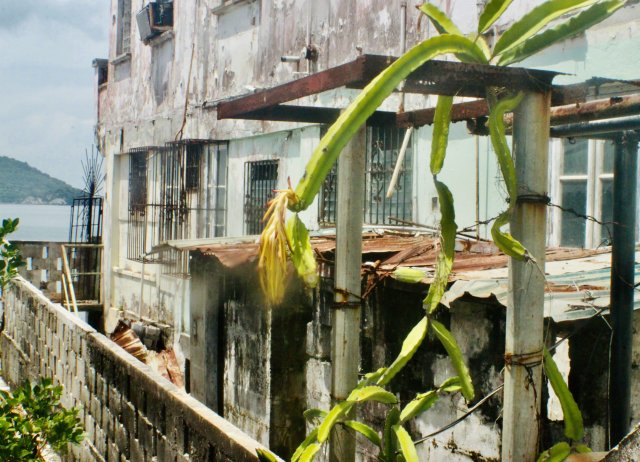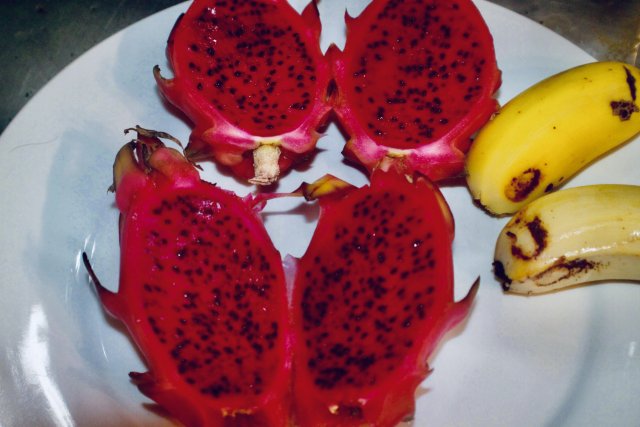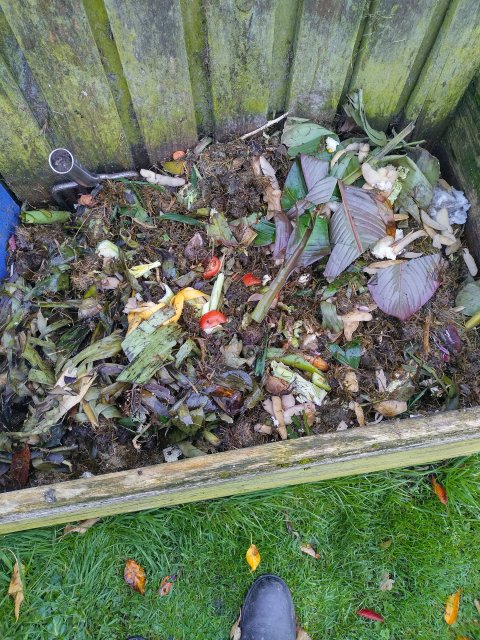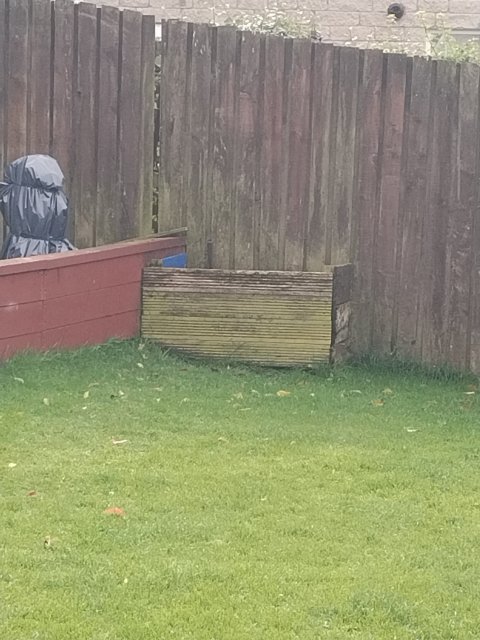There is something about the word "wormery" that always makes me smile.

Back when I lived in the tropics...i.e. extreme southwestern Ontario

...we always had a substantial compost heap, i.e. "wormery", and turning it over guaranteed a good supply of smaller worms. I also was able to pick up huge numbers of nightcrawlers on the lawn the night after a heavy rain. Nightcrawlers are the Incredible Hulk version of the common earthworm; bigger, juicier, faster, meaner. When used for fishing bait, they were chosen on the basis of size and fighting ability. For fish food, only true Monster Fish need apply.
I miss those days. When I moved further north in Ontario, the worm population was greatly reduced. Here in Manitoba, it's a mere ghost of what I had available to me back then. I still keep a huge compost heap, and it still produces some worms...but your wormery is much more wormerier than mine is...
I'm curious as to how many worms are found in Niki's neck of the woods?
By the way, Esox...if I built that wormery you have in my backyard, it would be torn to pieces within days by the local bears. They would eat the food scraps...and the worms...and likely most of the wood!










